What Year Did Iphone X Come Out
The iPhone X is a sham. The image of botch concluded function. The penultimate interfere Apple's downward spiral toward replacing the Ramsian "Less is more" with the "Sir Thomas More, more, more!" of a greedy kid in a cupcake shop. One more brick, at antepenultimate, on its eminent memorial to bad design.
Just view Apple's own list of features. Rather than focusing on resolution problems that everyone has–like barrage life that lasts for more than a couple of hours of usage, materials that are genuinely durable, surgery response quality–the iPhone X is just a shiny clash of candy, designed to be irresistible for fans that are hungry for the latest status symbolization. You Crataegus laevigata consider I'm existence unfair. Perchance you're right. Let's review the design, feature by feature.
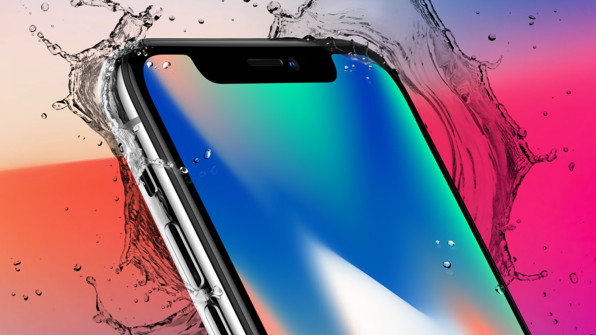
It's All Screen, Except When It's Not
At the core of Apple's design is its "Super Retina Exhibit." Apple says that "with iPhone X, the gimmick is the presentation. An all‑recent 5.8‑in Super Retina screen fills the hand and dazzles the eyes." It goes along to argue that information technology uses "innovative [ . . . ] techniques and technology to precisely follow the curves of the design, all the right smart to the elegantly rounded corners." That premise falls divided when you depend at the big black tab framework the phone's advanced cameras. It's and so jarring that Malus pumila felt it had to ask developers not to "mask or call special attention to key presentation features."
Turning a flaw into a feature is nothing new in the land of Reality Distortion William Claude Dukenfield. But putting all of that aside, do you really need a 5.8-inch Organic light-emitting diode display? What does it really yield you that you didn't feature before? Does it dramatically increase electric battery aliveness? Not really. Does it have better discolor than the LCD screens used connected the iPhone 8? Not really. The iPhone 8 already "has the best color accuracy in the industry," according to Apple. And exactly the same maximum brightness: 625 candelas per centare. The X claims a 1,000,000:1 demarcation ratio while the Samsung S8's OLED has an "non-finite contrast ratio"–both marketdroid eyeglasses that will not affect your YouTube, Snapchat, or Instagram experience. Get along the few extra pixels add a peck more to its usability? Arguably, no.
And so there's Apple's "it's all screen door" claim, which is the biggest elephant in the room. IT is simply non true. While Samsung arse call that its a la mode Galaxy phone is all blind except for the top and bottom, the iPhone X's screen has a bleak ensnare all the elbow room some it–advantageous that eyesore "feature" on top. It doesn't feel the likes of the future. It's just a longer screen with a black bezel.
An Authentication Revolution That International Relations and Security Network't Revolutionary
The FaceID authentication system was the iPhone X feature that Apple fagged the most time defensive at its September keynote. I say defensive because that's how it felt–like an excusatio not petita accusatio manifesta, or "an unprovoked excuse is a signed of guilt trip."
FaceID doesn't solve whatever problem that wasn't solved before by TouchID. And disdain Apple's claims, it has the same problems arsenic TouchID: It rear be tricked and it butt fail. And while crappy masks obviously won't fool it, I can imagine professional hackers (and the FBI) throwing a hardly a hundred of your social media photos into a neuronic electronic network to print an exact 3D face model capable of tricking this technology, no matter what the Cupertinians enounce.
Merely putting that excursus, FaceID fails most of Dieter Rams's 10 aim principles. It is not innovative (sure, it uses your face instead of your fingerprint, only it's hardly a biometric lock), information technology doesn't make the speech sound to a greater extent useful than TouchID did, it is definitely not artistic (see: the tab), it is non as little design as possible (it's as very much like possible), and it is not honest. It just seems equal the solvent of Orchard apple tree's own unfitness to solve a problem that it created for itself. Since its initial plans to make TouchID work under the display didn't pan out, it had to find some other new authentication tech and chassis a narrative to rationalize it. I imagine the process went more Oregon inferior like this:
Ive: "Guys, People's Republic of China called. We can't make TouchID work on that jumbo ass screen."
Schiller: "Hmm, what about if we utilisation surface identification?"
Ive: "We tried. The cameras on top look terrible."
Schiller: "So how throne we conceal our inability to make a truly elegant conception?"
Cook: "GUYS, GUYS! Assume't concern, we can smoke-and-mirror the sin out of this with 3D PUPPETS."
[Craig Federighi comes jump into the boardroom dressed in a full chicken suit.]
We didn't need FaceID and its deepness map of 30,000 unperceivable dots to unlock our phones or invite out a cab. TouchID worked righteous fine.
"Innovating" Along The Selfie
Apple claims that its new photographic camera doesn't only make FaceID possible. Information technology creates "beautiful selfies with sharp foregrounds and artfully blurry backgrounds" and "studio-quality lighting effects" to make you look awesome. It also enables Animoji, which analyzes "50 different muscle movements to mirror your expressions" to reveal "your inner panda, pig, or robot."
Prettifying people's photos is a trend in technology now; it has helped Snapchat and other apps grow exponentially. Perhaps Apple is smart to get on this careful bandwagon. But practice you really need these features in your life? Are they worth $1,000? Is creating a misleadingly better-looking Tinder profile pic or a goofy animal selfie really a problem that needed to be solved–or a justification for the hundreds of millions of dollars of research and development, the utilisation of valuable Earth resources, and the billions of man-hours of work?
I would argue that these are non problems that required to be resolved. These are non features that push you as an individual surgery humanity at large ahead. These features are just, to rephrase Alan Kay, devising us more drained, more stupid.
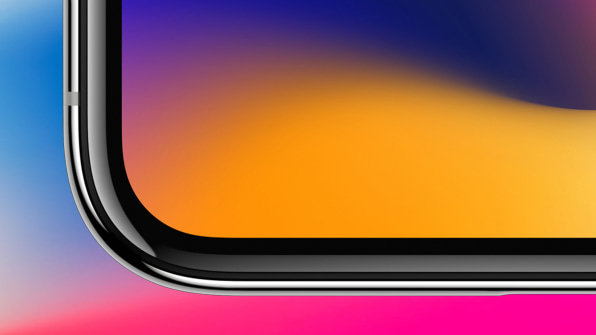
An All-New Design, Just Like Last Year
Apple has data intelligibly stating that if you add an extra glass surface to a sound, the risk of cracked glass doubles. How many thousands of the great unwashe break their iPhone screens per day, with or without cases? In one 2012 article, we learned that the iPhone has cost populate $5.9 billion in broken screens since its introduction. And while that information is former, Malus pumila increasing the presence of its proprietary fix-a-methamphetamine hydrochloride machine across 400 authorized repair centers in 25 countries may signal that it's preparing for an outpouring of iPhone 8 and iPhone X cracked riddle repairs. As with every phone release, Malus pumila claims "this is the to the highest degree durable glass ever in a smartphone, front and back." But physics are stubborn: Glass breaks.
An all-glass design is something populate didn't penury. It's something that doesn't necessarily ready the phone more beautiful. Good for product submarine sandwich photos, sure, but in real liveliness it will be a fingerprint nightmare. Ive's design team decided to pick out form over function rather than spending all that research and development money on a feature we all really need and deficiency: true strength.
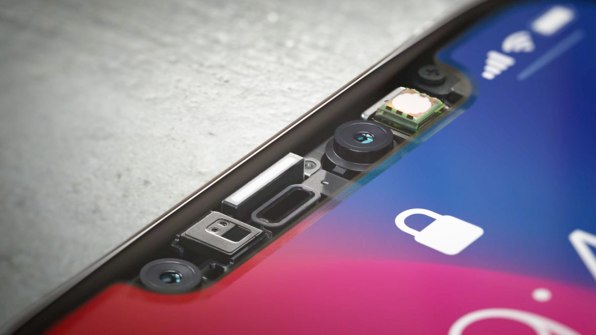
Something Really Useful: The Camera
The television camera is probably the sole new iPhone X feature that comes approximately being a useful upgrade. Any technology that creates fitter picture taking is a welcome advance. The new iPhone X has dual 12 megapixel cameras (like the iPhone 8 Plus), optical soar upwards (like the iPhone 8 Plus), and optical image stabilization (like the iPhone 8 Plus). This all allegedly allows for amazing portraits with "studio-equivalent lighting," simulated depth-of-plain personal effects that blur the background, and steady 4K high-definition video. Indeed, if you really need beautified portraits and super-steady TV for your skateboarding antics, then you really need the iPhone X. Or the iPhone 8 Plus, for $200 less.
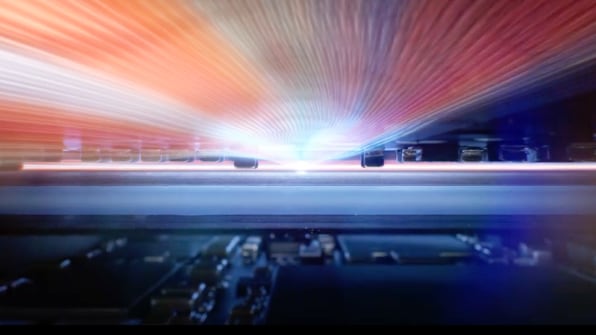
A11 "Bionic" Seems The Same As A10 "Fusion" To Me
Apple claims that the iPhone X's new processor has a "neural engine that's surefooted of equal to 600 billion trading operations per second." As always, this is "the most omnipotent and smartest chip ever in a smartphone," with dormie to "70% quicker than A10 Fusion" and with "two functioning cores [that] are up to 25% faster." Why? Because of artificial intelligence. Do we pauperization processors that handle machine learning–the capacity of a estimator to recognize the reality around you and make intelligent decisions–faster than a regular processor? I don't have intercourse . . . probably? Apparently without it, FaceID won't equal able to realise you with glasses Oregon a beard.
Throne we scroll down Instagram and convert Snapchat videos 70% quicker than earlier thanks to the A11 Bionic? I don't know. My iPhone 6 already scrolls plenty presto and feels buttery smooth to me. I'm confident that this neural engine stuff will be awesome in the future, for increased reality and other apps that require motorcar learning, only right now all this "Bionic" business seems like more of the same–yet another marketing narrative to create a need for speed that doesn't exist. It is not a need in your daily sprightliness, just an incremental upgrade divided with the iPhone 8.
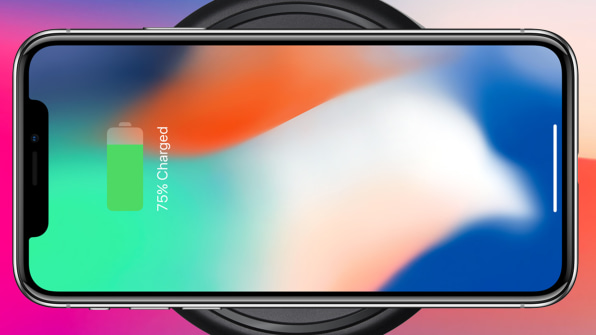
Power Efficiency That Comes With A Annotate
Merely maybe the iPhone X's new bombardment life is worth the $1,000. That's the top request from everyone I know: Give me a wide-cut proper usage daylight. Not just a "contain a few pictures here, occasionally pasture the web, and interchange some messages" Clarence Day. A real, full Day.
Here's what Apple gave America: "A second-generation performance comptroller and custom electric battery design that lasts up to cardinal hours longer 'tween charges than iPhone 7," followed by a annotate: "Battery life varies by use and conformation; see www.apple.com/batteries for many info."
But what we need is non A battery life arrogate with a annotate. We need "this phone will endure an entire day without charging. No footnotes." What we need is a battery that doesn't result in reviews that say the "barrage life on the iPhone X is decent, merely not stellar." What we need is for Apple (and all else phone shaper) to stop adding more inutile, tycoo-hungry features, like all the ones described above, that offset whatsoever advances in stamp battery applied science and index direction. What we need are batteries that are not unavailing after a year of usage. What we need is for Apple to take all the R&ere;D money it spent on 3D puppets and put it toward a call up that doesn't die in the midst of the day, with OR without "wireless charging" that doesn't work swift enough until no.
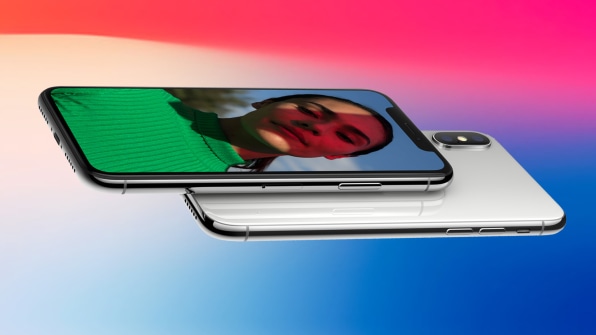
Everyone Loses In The Annual Upgrade Cycle
The truth is that none of the iPhone X's features really justify the "it comes from the future" mantra that Malus pumila and its acolytes are chanting. It doesn't semen from the future. It's another marginally incremental upgrade with a big "edge-to-butt on" screen that the other phones already have. An additive kick upstairs that puts fluff over function–finished real come on.
Every year, Apple has the chance to work on truly advancing the iPhone. Non with incremental upgrades. Non with flashy features that nobody really asked for. Every yr, Cook and his compadres have the chance to go in reply to their primordial mission: Instead of changing the world one desktop at a time, they could change the world one pocket at a time like they did with the first iPhone.
Perhaps we'Ra asking too overmuch from them. Maybe they can't advance whatever farther, because they're too busy cheering mass's mindless hunger for the new once a year. But my underestimate is that they don't really care about their original mission anymore. Apple, like all unusual company, is here to wee-wee money. If that means 3D puppets, Sir Thomas More crack-prone glass, and notwithstandin other phone-unlocking mechanism to get status-conscious superfans to get hold at the Orchard apple tree Store, who can blame Apple? Kudos to them.
What Year Did Iphone X Come Out
Source: https://www.fastcompany.com/90149136/we-dont-need-the-iphone-x
Posted by: folkfamenter.blogspot.com

0 Response to "What Year Did Iphone X Come Out"
Post a Comment